After more than a year and a half of silence, the rumors have morphed into reality: Microsoft has finally released an update for the HoloLens. And with that update comes a collection of new features that hint at big plans for the HoloLens this year.
For most HoloLens-focused developers, Microsoft's silence throughout 2017, in terms of updates, was deafening. Taking into account the age of the device, and the philosophy behind the Universal Windows Platform (UWP)—designed to allow an application made for one particular device to work on other devices within the Windows ecosystem—watching major new updates to Windows 10 come and go without corresponding HoloLens updates was concerning, to say the least.
We all know that at least a portion of the team working on the HoloLens was also working on the Windows Mixed Reality headsets that came out at the end of 2017. That partially split focus turned into a completely shifted focus, at least for part of the year. Predictably, a good portion of the pool of developers working on apps for the HoloLens got distracted by the WMR devices as well. But with those distractions out of the way, for the augmented reality lovers here at Next Reality, it seems like Microsoft has pivoted back to a focus on HoloLens.
HoloLens RS4 Preview
In a quietly released post on the company's developer documentation site a few days ago, the HoloLens team revealed the new Redstone 4 (RS4) update preview. The post contains information on how to get the preview and the feature list, and offers complete instructions on how to get the update installed on a HoloLens device.
- Don't Miss: How 'Ready Player One' Used Microsoft's HoloLens to Help Build Its VR Cinematic Universe
Some of the new features mentioned include: auto-placement of 2D and 3D content on launch, fluid app manipulation, 2D app horizontal resize with reflow, expanded voice command support, updated Holograms and Photos apps, improved mixed reality capture, improved audio immersion, file Explorer, MTP (Media Transfer Protocol) support, and Captive portal network support during set up.
There are also a number of feature updates aimed directly at developers, including a few that have been long asked for. Here are some of the standouts:
- Spatial mapping improvements: Quality, simplification, and performance improvements.
- Automatic selection of focus point based on depth buffer: Submitting a depth buffer to Windows allows HoloLens to select a focus point automatically to optimize hologram stability.
- Holographic reprojection modes: You can now disable positional reprojection on HoloLens to improve the hologram stability of rigidly body-locked content such as 360-degree video.
- App tailoring APIs: Windows APIs know more about where your app is running, such as whether the device's display is transparent (HoloLens) or opaque (immersive headset) and whether a UWP app's 2D view is showing up in the holographic shell.
There's a lot to unpack in the feature list, but the big question is: How does one access these new features? Well, fortunately, upon boot-up, you don't have to look far for answers, because many of the changes are instantly apparent. The shell design is more fluid and responds quicker to input. For the obvious features, Microsoft included instructions and details for each one in the documentation post.
There have been some reports of issues with a few builds, specifically from the group that received a build at the HoloDevelopers Summit a few weeks ago. For example, some applications (specifically, Fragments) will sometimes crash, according to some users. There have also been general reports of instability with the shell. But for the most part, after spending some time with this build, these issues seem to be cleared up in the latest build. (And Fragments seemed to run perfectly for me.)
What Is Coming Next?
We first heard the faint echoes of something new possibly coming for the HoloLens when Microsoft released an advertisement featuring the rapper and actor Common, in which he talked about mixed reality and artificial intelligence.
Those echoes turned into something a bit more substantial when, in a post on LinkedIn, HoloLens boss Alex Kipman laid out his 2018 predictions.
The ability to blend the physical and digital worlds in mixed reality enables us to build experiences where people, places, and things become independent of their physical location and can interact with their digital counterparts. Artificial Intelligence further drives these experiences, giving us superpowers over space and time.
And now, in a series of tweets this past weekend, Jesse McCulloch, the creator of the HoloDevelopers Slack, announced that he is working with the Microsoft developer relations team to put together what could be considered a Microsoft Mixed Reality-specific sub-conference at Microsoft Build 2018 this year. They are calling this event "MR jam."
Also, although there have been rumors circulating for some time, Microsoft has never directly confirmed a 2019 release of an updated, version two of the HoloLens hardware. But that doesn't mean it's not coming. Sure, we know that Microsoft doesn't go out of its way to build hype like Magic Leap, but if a version two of the HoloLens is coming soon, it would make sense to have the HoloLens team begin ramping up community interaction now.
- Don't Miss: Create Cross-Platform AR Experiences with Unity & Azure Cloud, Part 1 (Downloading the Tools)
There are a number of highly vocal developers (like myself) who have expressed excitement about developing for the HoloLens. But given Microsoft's seeming shift in focus and lack of updates in 2017, some of that developer enthusiasm has dropped off in recent months. That said, the more I hear about HoloLens updates, the more excited I get.
Will we see a 2019 release of the next HoloLens? At this point, we just don't know. And while Microsoft does a lot of things well, being an exciting company and building hype is not one of those things (at least not when it comes to speaking to the mainstream consumer). So if Microsoft wants to make the most of (or, at the very least, hold onto) the two-year lead it secured with the release of the first version of the HoloLens—considering the upcoming release of the Magic Leap One: Creator Edition—the company needs to keep doing everything it can to increase the HoloLens hype.
Hey, Microsoft, it's time to be exciting.
Just updated your iPhone? You'll find new features for Podcasts, News, Books, and TV, as well as important security improvements and fresh wallpapers. Find out what's new and changed on your iPhone with the iOS 17.5 update.
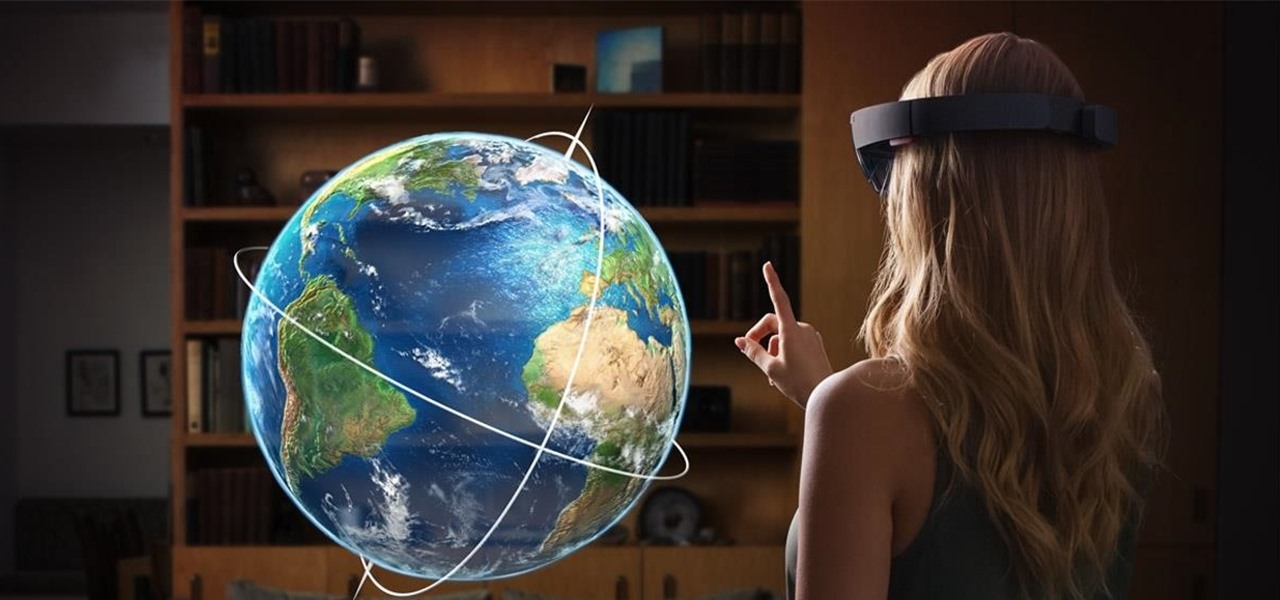





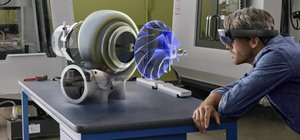

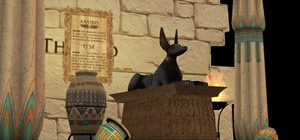
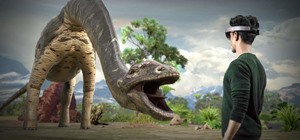
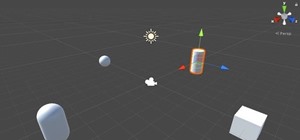
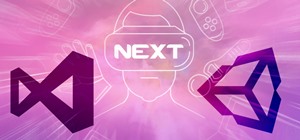
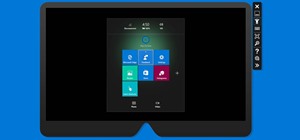


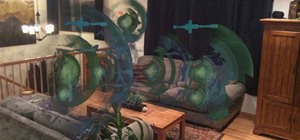
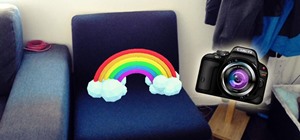
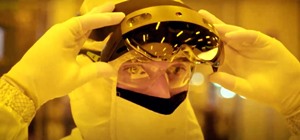
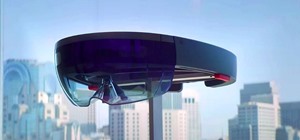
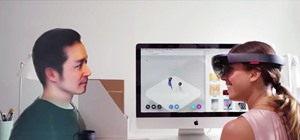
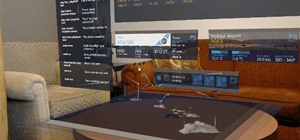
Be the First to Comment
Share Your Thoughts